Exploring South Asian folklore in horror films

As Halloween is here, the eerie atmosphere stirs not only a fascination with the supernatural but also a deeper exploration of how folklore and myth have been immortalised in art, literature, and, most notably, films. South Asia, with its rich cultural traditions, offers a vast source of ghost stories, demonic legends, and spiritual mysteries that continue to shape the region's cinematic landscape. From vengeful spirits and shape-shifters to haunted spaces and black magic, the themes rooted in South Asian folklore have proven to be the perfect foundation for films that both terrify and intrigue.

One of the most pervasive themes in South Asian horror is the figure of the vengeful spirit, particularly the 'churail' or 'petni', female ghosts born of betrayal or injustice. These spirits often symbolise the deep-seated anxieties around gender, power, and societal repression. In folklore, these women were wronged during their lives, often suffering violence or injustice, and returned from the dead to seek revenge. In "Bhootpori" (2024), Surja's growing obsession with a forest near his ancestral home leads him to encounter the ghost of a woman seeking justice. The theme of vengeful or justice-seeking spirits reflects the region's belief that spirits often communicate with the innocent or pure-hearted to reveal hidden truths.
The 'churail' is not just a horror figure but a cultural archetype, representing the potential wrath of women wronged by patriarchal systems. In the Indian horror comedy "Stree" (2018), this figure is reimagined, turning a folklore-based ghost into a feminist symbol. The film cleverly plays with the fear surrounding these spirits while commenting on the societal treatment of women.
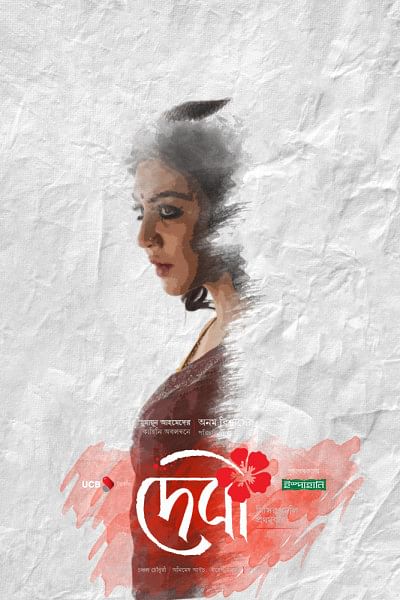
Possession, often by 'jinns' or malevolent spirits, is another deeply rooted theme in South Asian storytelling. The idea that one's body could be overtaken by supernatural forces reflects cultural concerns over control, particularly the loss of personal agency. In Islamic belief, 'jinns' are spiritual entities capable of possessing humans, and their presence is often invoked in stories of horror and exorcism. One such film, "Debi" (2018), explores the theme of possession, where the protagonist, Ranu, has inexplicable visions and encounters with a deity-like figure. The film draws on the belief in the supernatural powers of certain individuals, especially women who are seen as mediums for divine or spiritual entities. This reflects the folklore surrounding devi possession or spiritual enlightenment, where women are often depicted as having a deeper connection to the supernatural, either as goddesses, witches, or mediums.
In cinema, the rituals to expel these spirits serve as a cultural reflection of how people understand the supernatural world and its intrusion into human life. Movies like "Ezra" (2017), set in Kerala, blend Jewish and Indian folklore by introducing the concept of a 'dybbuk', a spirit from Jewish mythology, and showing how local traditions and global influences can intersect in supernatural storytelling.
The concept of curses that pass down through generations is also a recurring theme in South Asian folklore and has been adapted into film narratives that focus on familial guilt and karmic retribution. In traditional tales, families are often haunted by the misdeeds of their ancestors, and no amount of modern intervention can free them from their fates.
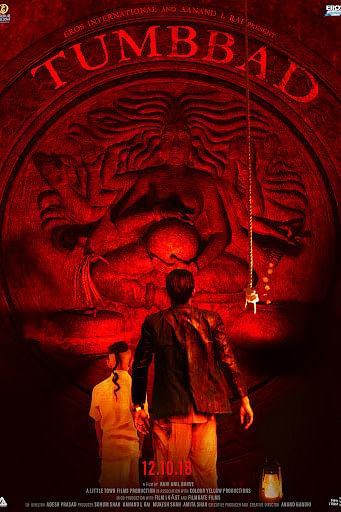
This idea of inescapable family curses was poignantly portrayed in "Tumbbad" (2018), where a family's greed invites the wrath of an ancient deity. South Asian horror films frequently delve into stories where ancestral curses are revisited upon current generations, forcing characters to reckon with their past. These themes align closely with the Hindu-Buddhist concept of 'karma', where the moral consequences of past actions reverberate into the present, bringing with them supernatural retribution.
South Asian folklore is filled with stories of shape-shifters, particularly the 'nagini' (serpent woman) and 'rakshasas' (demonic beings), who can alter their forms to deceive humans. These creatures embody the fear of the unknown and the anxiety surrounding deception and transformation. In films, shape-shifters are often used to explore the boundaries of identity, both human and supernatural.
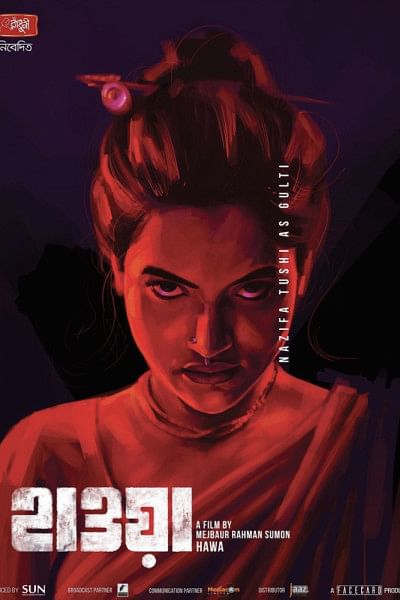
"Hawa" (2022), set at sea, delves into the mystical world of supernatural forces tied to the waters. As a group of fishermen embarks on a journey, strange occurrences unfold, with one of the crew members suspected of being a 'nagini' or sea spirit. These figures often reflect societal fears around the control of women's sexuality and the power that comes with it. The fear of being deceived by someone who can shift forms also plays into the wider cultural fear of treachery and hidden identities.
In South Asian culture, karma, or spiritual retribution, is a key moral concept that appears in many horror films. Characters who commit evil deeds often face supernatural punishment, reinforcing the belief that no one can escape the consequences of their actions. This theme is prevalent in folklore and films alike, with stories depicting ghosts or spirits returning to exact vengeance on those who have wronged them.

In films like "Bhool Bhulaiyaa" (2007), reincarnation and past lives are used to explain the supernatural events that unfold. The film explores the concept that unresolved issues from past lives can carry over into the present and that spirits may linger until they find closure. This reflects Hindu beliefs about the cycle of life, death, and rebirth, where unresolved karma can haunt individuals across lifetimes.
Rituals, particularly those involving black magic and sorcery, form a significant part of South Asian horror cinema. Folklore is replete with stories of people seeking out dark powers to fulfil personal ambitions, only to face disastrous consequences. This theme reflects societal fears around the misuse of spiritual power and the thin line between the sacred and the profane.
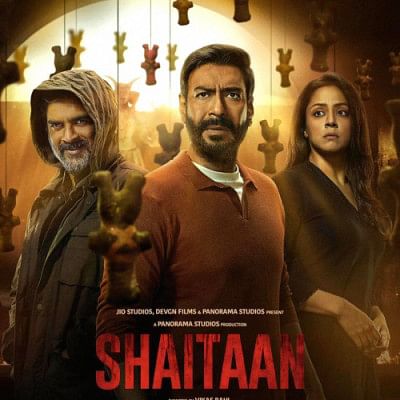
Films like "13B" (2009) and "Shaitaan" (2024) delve into the dangerous allure of invoking dark forces. The theme of summoning spirits through rituals or black magic often results in stories where characters must confront the consequences of their actions, serving as a cautionary tale about tampering with the supernatural. The belief in black magic, deeply embedded in South Asian culture, remains a potent source of fear in both rural and urban settings.
South Asian folklore places significant emphasis on haunted spaces—abandoned houses, desolate palaces, and cursed villages—where spirits are said to linger. These places are often depicted as being imbued with the trauma and pain of those who once lived there. In "Chompa House" (2022), the plot revolves around a family house that holds dark secrets and possibly a curse passed down through generations. The house itself becomes a character, much like the haunted spaces in South Asian folklore that carry the weight of past trauma and unresolved family issues. These haunted locations often serve as metaphors for the ways in which history and memory can haunt the present. The spirits that inhabit them are tied to past traumas or injustices, and the characters who enter these spaces must confront both the literal and metaphorical ghosts of history.
Horror films, deeply rooted in the region's folklore, provide a fascinating lens into cultural fears, spiritual beliefs, and societal anxieties. By drawing on these ancient stories, filmmakers continue to explore the ways in which the supernatural and the human intersect. As the region's cinematic landscape evolves, these folklore-based themes remain a potent source of inspiration, reminding us that the scariest stories are often those that speak to our deepest fears and moral concerns.

 For all latest news, follow The Daily Star's Google News channel.
For all latest news, follow The Daily Star's Google News channel. 





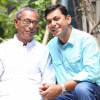



Comments